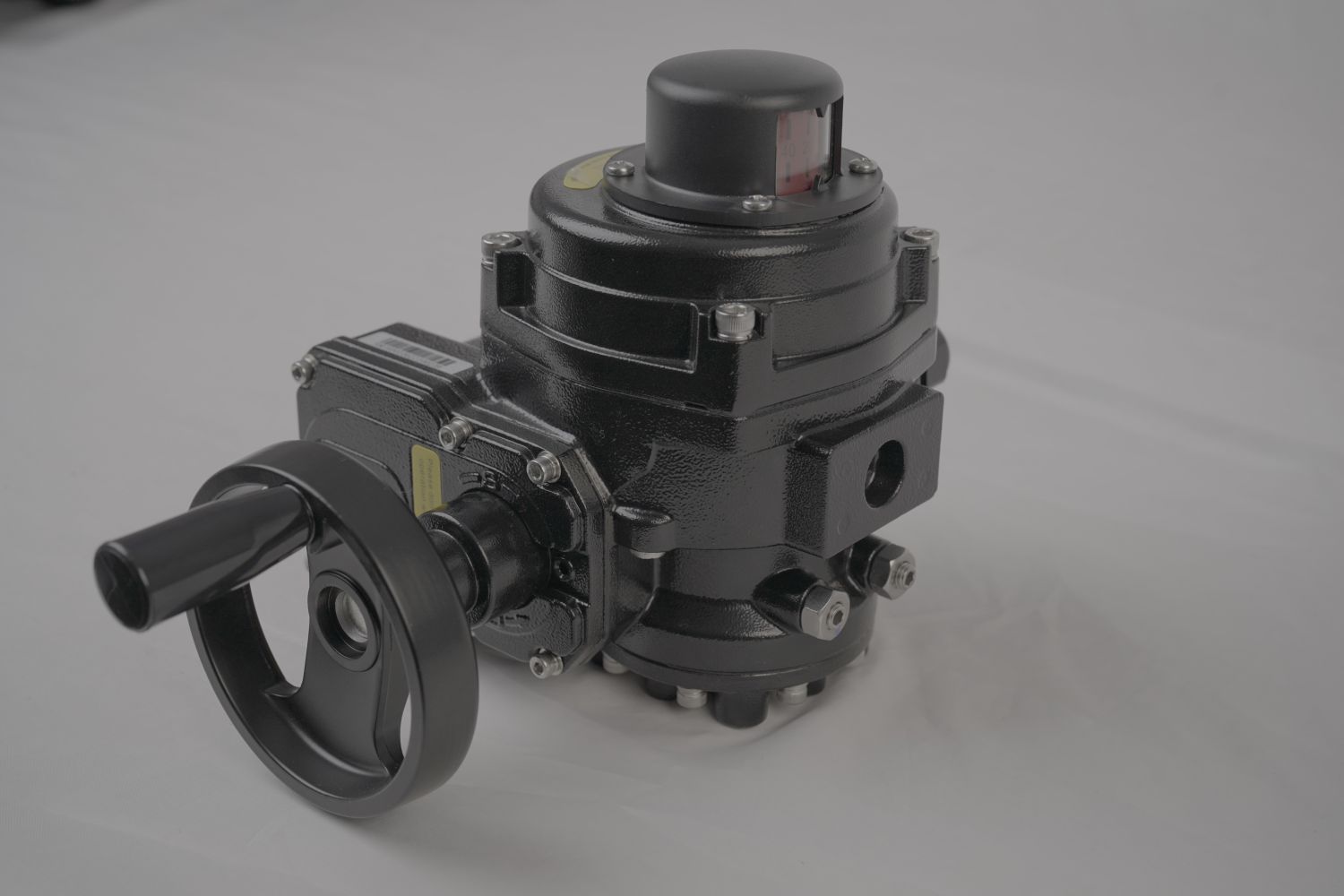
Lithium-ion batteries are at the heart of many of today’s most innovative technologies, from smartphones to electric vehicles. However, as demand for these high-energy storage solutions continues to rise, so does the need for enhanced safety features. One such innovation is the lithium battery valve, a critical component designed to prevent catastrophic failures and improve the overall safety of lithium-ion batteries. CNHELI, a leading player in battery safety technology, has made significant strides in developing cutting-edge valve solutions for lithium batteries.

Lithium-ion batteries, while efficient and long-lasting, can pose significant risks under certain conditions. Overcharging, short-circuiting, or overheating can cause the battery to over-pressurize, potentially leading to a rupture or even a fire. This is where lithium battery valves come into play. A lithium battery valve is a safety mechanism that regulates the internal pressure of the battery and ensures that it does not exceed a certain threshold. When pressure inside the battery builds up to unsafe levels, the valve opens, allowing gases to escape and relieving the pressure before it can cause harm.
The importance of lithium battery valves cannot be overstated. Without them, batteries could explode, catch fire, or leak hazardous materials, all of which pose significant risks to both users and the environment. This is particularly critical for industries that rely heavily on lithium-ion technology, such as the automotive and electronics industries. In electric vehicles, for example, a malfunctioning battery could endanger passengers and cause substantial property damage. Hence, the role of safety mechanisms like the lithium battery valve is essential for ensuring the reliability and safety of these batteries.
